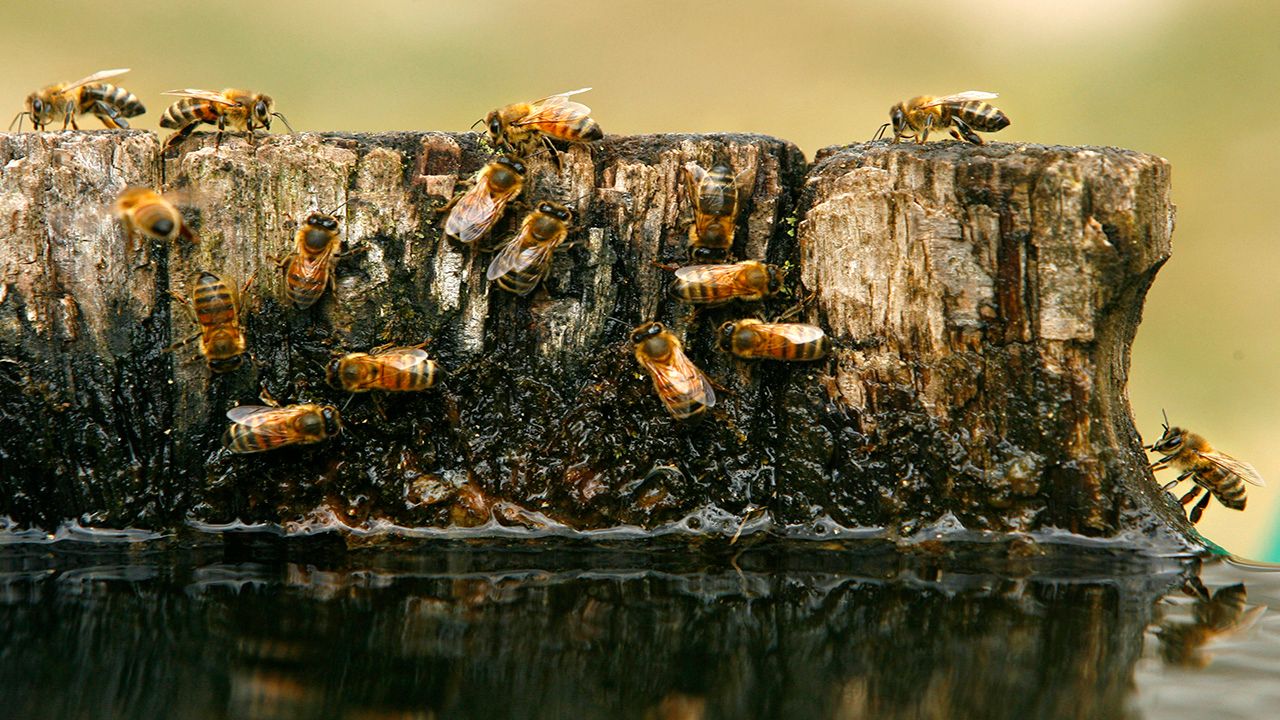As we are getting closer to winter, more people are getting sick with seasonal illnesses like the flu and the respiratory syncytial virus (RSV). However, new research from the journal Nature Climate Change suggests climate change is aggravating 58% of infectious diseases.
A group of researchers at the University of Hawaii put together a list of 376 diseases after reviewing many academic studies and then looked to see at how droughts, floods, heat waves and other climate hazards affected those diseases.
Climate hazards affected only 218 diseases. According to researchers, warming temperatures, precipitation events and floods lead the way in amplifying pathogenic diseases like cholera, Lyme disease, West Nile virus and others.
They also found that droughts and floods that displaced people brought people closer to pathogens, while global warming allowed pathogens to spread.
One example that the study gives is heat waves and how it drives people to recreational water activities. Scientists say those activities have been associated with “rising cases of several waterborne diseases such as Vibrio-associated infections, primary amoebic meningoencephalitis48 and gastroenteritis.”
Plus, people displaced by storms and floods brought people closer to the pathogen exposure of pneumonia, hepatitis, respiratory disease, skin diseases and others.
Let’s talk about how the weather is affecting the spread of the COVID-19. It has mixed results.
Regarding COVID-19, “changes in precipitation and temperature were also noted to affect human social gatherings and the transmissibility of viruses such as influenza and COVID-19,” according to researchers.
A study from the Centre For Economic Policy Research (CEPR) that is cited in the research discussed how rainfall affected social distancing around COVID-19 in some areas.
They found that heavy rainfall events kept more people inside and saw lower COVID cases after those events.
But in other cases, social isolation from rain events increased cases of COVID-19 too.
On the flip side, extreme heat increased COVID-19 case sometimes because sweltering temperatures forces people indoors, which could increase the risk of virus transmission, especially with poor ventilation.
While climate change is aggravating more than half of infectious diseases, it is diminishing the spread of other diseases, too.
The University of Hawaii researchers found that climatic hazards had curbed 63 pathogens.
Researchers say warming reduced the spread of some viral diseases including COVID-19, SARS and influenza. They explained warming temperatures could cause unsuitable conditions for a virus to spread.
Plus, floods have disrupted the environment for some water-borne diseases, while droughts diminished the spread of malaria.
Overall, researchers found over 1,000 pathways in how climate change is amplifying infectious diseases and human pathogens. Researchers will study this more to discover the magnitude this could affect public health and what policy we can do to curb this impact.
Our team of meteorologists dives deep into the science of weather and breaks down timely weather data and information. To view more weather and climate stories, check out our weather blogs section.



